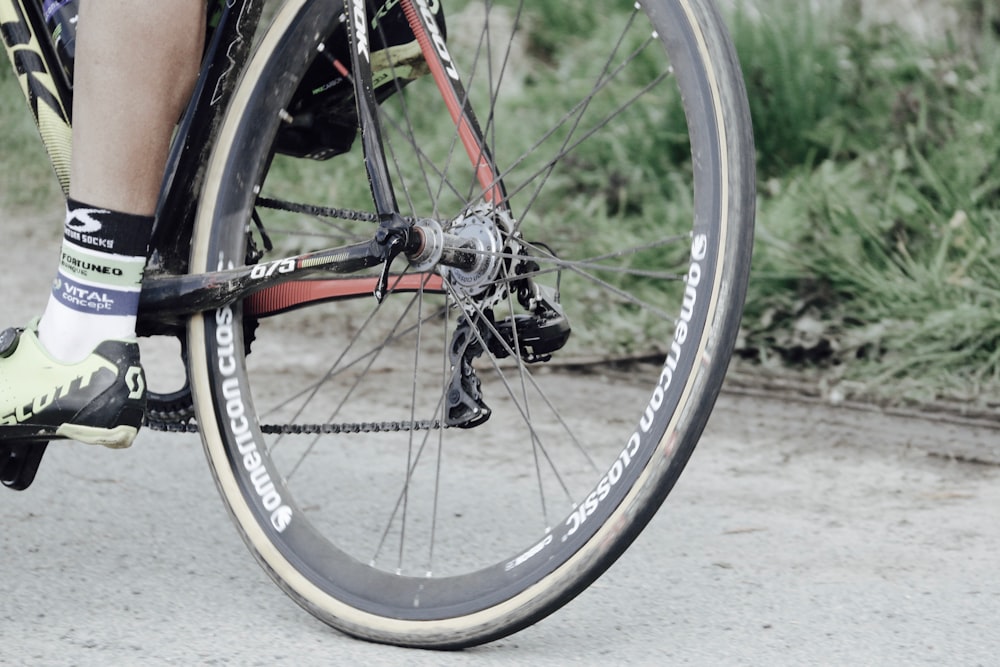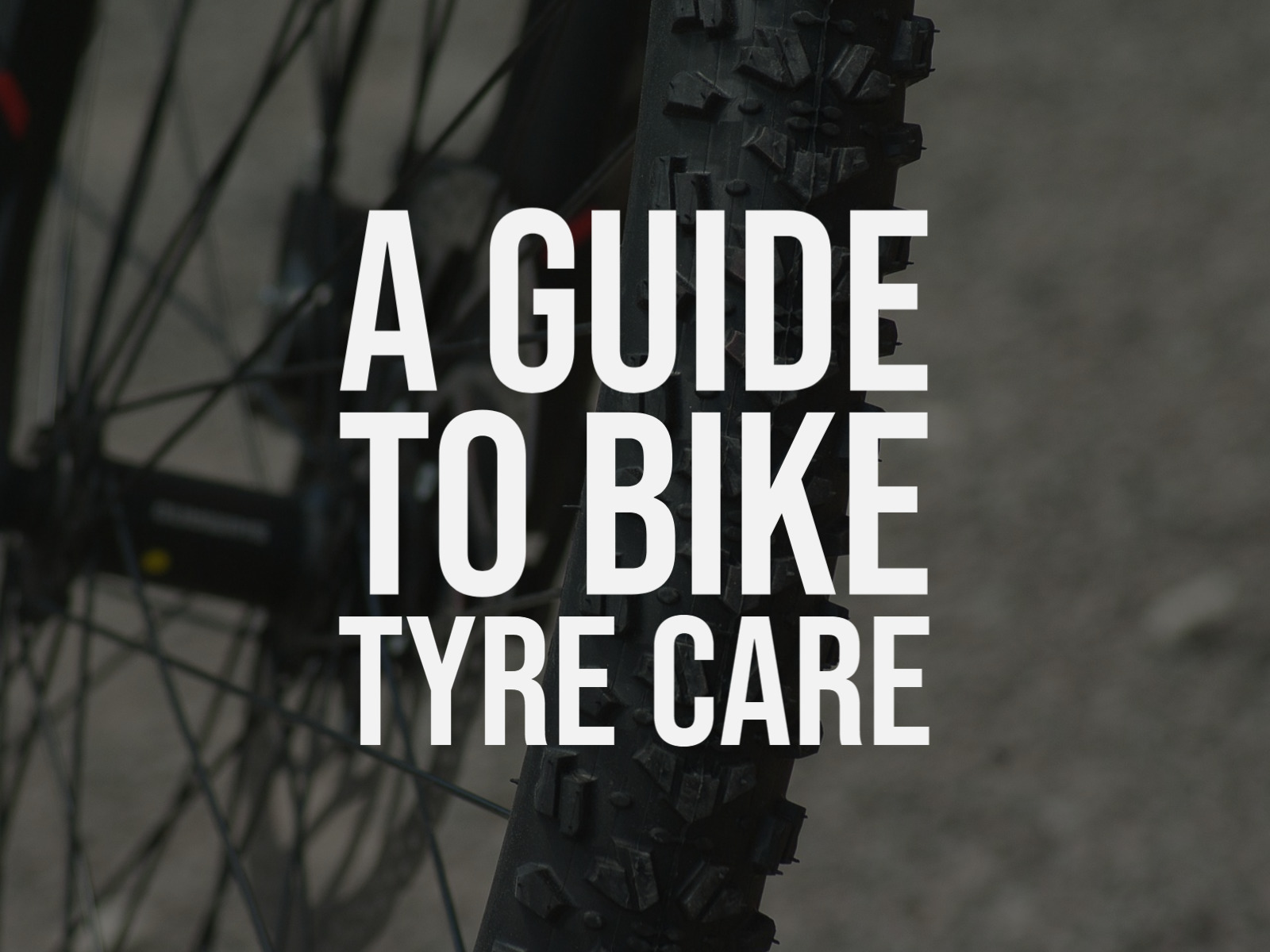What is the first thing you check before jumping on your bike and riding off? The bike’s tyre pressure is, and should be, the first thing to check before taking a ride, and for a good reason. You want to keep it at the optimal air pressure as recommended by the manufacturer (mainly indicated on the tyre’s sidewall). The rule of thumb is to never exceed the recommended tyre pressure, for safety reasons, of course. Riding on the correct pressure means lower rolling resistance and increased protection from puncture. Relatively lower pressure, however, increases rolling resistance and mostly recommended when riding on soft ground, such as sand.
Bicycle tyres, however, come in two types; narrow racing and wide, robust tyres. The narrow bike tyres need higher pressure to maintain grip with the road surface and avoid punctures, while the much wider ones (common in mountain bikes) require less pressure.
Personalizing Your Tyre Pressure
A number of factors ought to be considered when/if looking to adjust tyre pressure to suit your riding preferences. These include your average weight, the weight of the bicycle, and road surface or terrain. Aside from the manufacturer’s recommended tyre pressure, you might need to pump up some more pressure (1% per kilogram) if carrying a heavier load. The same applies to ebikes, where you should add ½ a bar for the bike’s weight (motor and battery included).
The surface or terrain you will be riding on will also determine how much pressure will be enough for a comfortable and safe riding experience. While the recommended tyre pressure would be recommended for smooth asphalt roads, you may want to lower air pressure a bit when/if riding on irregular surfaces, such as cobblestones and dirt. In addition to this, you may want to dampen the shocks a bit for extra grip and shock absorption.

Why The Correct Tyre Pressure Matters
Since the tyre is your bike’s only point of contact with the road, it needs to be in perfect condition and pressure for the best riding experience. The type of tyre installed thus contributes significantly to the driving properties, a reason it should have the correct pressure. A number of factors come into play when computing/determining the correct pressure. The type of tyre, terrain, type of inner tube, etc., are some of the things you should have in mind. The rider’s weight, and any additional baggage he/she might take with, should be considered as well.
All tyres aren’t designed the same; they will have varying diameters, profiles, and widths. Each of these is best suited for specific applications and purposes, a reason you should choose your tyre carefully.
The main objective behind choosing the right tyre pressure is to reduce rolling distance, protect the tyre from possible puncture, improve steering and overall riding comfort. Each tyre provides some level of cushioning especially when riding on rough and uneven terrain. There are times when you will need to increase/reduce tyre pressure depending on the terrain and level of comfort desired.
What is PSI
PSI, short for Pounds per Square Inch, is the unit measure of air pressure. Narrow racing tyres require a much higher air pressure (PSI) to keep their shape on the road. It is thus common for narrow skinny tyres to be inflated to approximately 100PSI, while the broader mountain bike tyres will only need 30PSI for the same performance and surface.
Bike Pressure Gauge
Very low PSI increases the risk of a puncture and won’t allow you to reach optimal speeds. Higher than recommended PSI, on the other hand, leads to an uncomfortable ride with an even greater risk of the inner tube bursting.
PSI (Air Pressure) Caveats
Individuals below the average weight (70) can get away with low tyre pressure.
It makes perfect sense to inflate your tyres slightly higher if you are above the average weight.
Reducing your tyre pressure can help improve grip and contact in icy and wet conditions.
Almost every tyre will leak gradually over time, a reason you should check and top them up at least once a week.
A track pump can help keep your tyres at optimum pressure.
It isn’t such a bad idea to inflate your tyres to maximum PSI, especially if you only do so a few times a year. This helps ensure they are at least at the minimum PSI halfway in the year.
Recommended PSI For Bicycle Tyres
Almost every tyre will have the recommended PSI printed on its sides. Most manufacturers print the recommended range, e.g., 90 to 115psi, for reasons known to everyone. You thus want to stay in between the recommended figures to be on the safe side. If your tyres do not have the figures indicated for one reason or another, you can pump them up until they are firm enough but somewhat squeezable. Outlined below are some of the generally -recommended PSI ranges based on the type of bike and tyre.
- Kids’ bike tyres: 20 – 40 psi
- Road/narrow tyres: 80 – 130 psi
- Hybrid/medium bike tyres: 50 – 70 psi
- Thick/mountain bike tyres: 30psi (off-road) and 50psi (on-road)
- Road Bikes
Road bikes and their tyres are designed for speed on smooth surfaces. They often are inflated to the highest recommended point possible, usually between 80 and 130psi, to reduce rolling resistance but still have some grip. Some racers will even inflate their tyres as high as 160 PSI to achieve the same effect, or even better. You don’t necessarily need a gauge to measure your tyre pressure; simply inflate it until you can barely press it with your thumb (denotes around 100psi). - Mountain Bikes
Mountain bikes/tyres are specially designed to fly over bumpy terrain, often loose. These thus ought to have a relatively lower air pressure to minimize the bounce effect and act as shock absorbers. The lower pressure allows for increased traction and contact on the loose surface, enabling you to reach places you otherwise wouldn’t with roadies. Most mountain bike tyre manufacturers recommend tyre pressure of between 30 and 50 psi. This provides a sweet spot between off-road (30) and on-road (50) riding and performance. - Other Bikes (Hybrids)
These bikes are ranked between the racing road bikes and mountain bikes. They thus perform optimally on a 50 – 70 PSI. Kid’s bicycles take the lowered recommended air pressure of at least 20 PSI and may go as high as 40PSI. However, these figures are only recommended, meaning you can choose to go higher or lower depending on certain factors.

Determining The Right/Preferred Tyre Pressure
We all have a unique defining factor when it comes to riding comfort. Some prefer their tyres inflated to the maximum and those that want something in-between. Here are some of the factors to consider to find just the right tyre pressure for you.
- Your Body Weight
Your overall weight will influence your riding quality and recommended tyre pressure. While a lighter person may easily get with low tyre pressure, a heavier person may be forced to inflate his/her tyres a bit higher to achieve the same result and performance. - Terrain
What kind of terrain do you ride on? Do you frequent smooth trails with a few rocks and hard surfaces? If you do, you then should consider inflating your tyres on the higher side. Do you, however, ride on soft surfaces with occasional smooth, rugged trails? Sticking to the lowest recommended PSI might work for you. Relatively higher tyre pressure may be recommended if your trail is rocky with occasional sharp edges. - How Hard Do You Ride?
How hard you ride will also play a significant role in how low or high your tyres should be inflated. If you prefer a safe, comfortable, and light riding approach while avoiding the curb and potholes, you then might get away with lower tyre pressures. However, higher tyre pressure is recommended if you are the type that takes on the straightest line through the rock garden or does ride hard. - The Type Of Rims And Tyres You Run On
What type of tyres or rims do you have on? Are they made of a toughened dual-ply carcass or a single-ply option? Do your tyres have an inner tube or run on tubeless? A tubeless configuration is more forgiving as it isn’t susceptible to the dreaded ‘snakebite’ puncture common with tubed versions. You can also run on relatively lower PSI with the tubeless configuration as well. Aside from this, the type of rim, especially the rim width, will play a significant factor in how high you can inflate the tyres. Wide rims provide more support and have a relatively higher volume; hence they might be forgiving on low pressure. Thinner rims, however, demand higher air pressure to maintain their shape and support.
Types Of Bicycle Pumps
- Track/Floor Pump
A floor pump makes inflating your tyres relatively easy, thanks to its large volume. It comes with a built-in pressure gauge that enables you to check the tyre pressure on the go. The best thing about this type of pump is that it can take on both car and Dunlop/Presta valves. It is thus one of the must have’s for the regular biker. - Frame Pump
This type of pump is quite common with touring and city bikes. The frame-mounted pump is discreet hence doesn’t take much of your space. They come particularly in handy should you get a flat while on the road. This pump isn’t, however, compatible with car valves. - The Mini Pump
A mini pump is the best alternative to frame pumps. It is relatively small and can be mounted on the bike or even in your backpack. It provides the convenience of inflating your tyres on the go. - Co2 Cartridge Pumps
Co2 pumps are the smallest and most expensive pumps you can find. These single-use pumps are much smaller than a mini pump, though some have steel and aluminum canisters that can be recycled.
Conclusion
Tyres play a significant role in your ride quality, more than the bike’s frame itself. For this reason, it would be advisable to invest in the best quality, lightweight, and widest tyres your bike can take for the best performance and ride quality. You also want to inflate them at their optimal PSI for a more comfortable and faster ride. More and more riders are also switching to safer and efficient tubeless tyres. These tyres reduce the risk of pinch flats and can also run at the lowest pressure possible without getting damaged.


